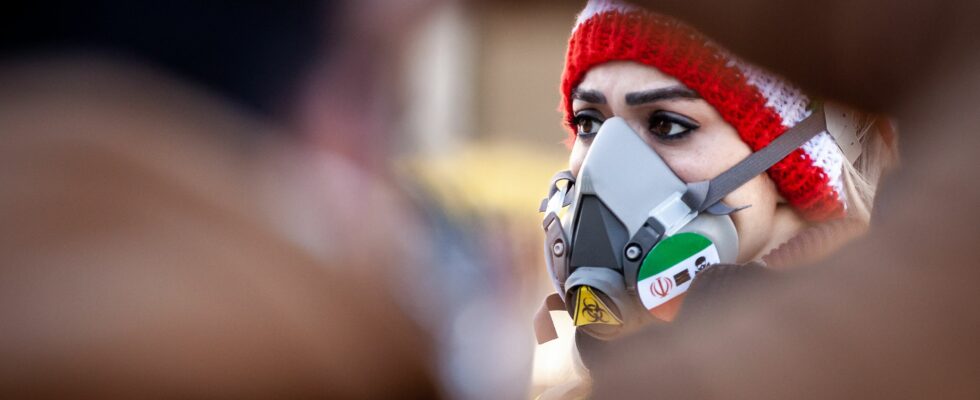For several months, the Islamic Republic of Iran has intensified its repression not only of women freeing themselves from the chador (and the strict ban on singing and dancing) and their male supporters, as well as against citizens criticizing the regime or following a “deviant” cult (such as the Bahai), but also on the ethnic or confessional minorities located on the country’s borders. Among them, in the west, are the Kurds whose tragic fate is found – albeit in different ways – in Iraq, Syria and above all in eastern Turkey. Moreover, the young Mahsa Amini, whose martyrdom triggered the “Woman, Life, Freedom” movement, was Kurdish and, in the days that followed, major demonstrations shook her region of origin. The Kurds are not content to make Tehran fear separatism (largely fantasized by the mullahs) and a desire to establish a vast unified sovereign state, they are also Sunnis and fairly secularized in an officially Shiite and semi-theocratic country. Definitely too many flaws…
In the extreme south-east, here are the Baluchis, Sunnis also, despised, accused of all kinds of trafficking and acquaintances with neighboring Pakistan; there too, the repression has fallen even more violently in recent months than usual. And then, in the northwest, Iranian Azerbaijan (around Tabriz) is highly watched because the regime fears irredentism coming from the sovereign Republic of Azerbaijan, a neighbor and itself a partner of Israel.
Undoubtedly very insufficiently defended, these stigmatized communities are nevertheless known. But who cares about a fourth repressed community, that of the Ahwazi Arabs of Khuzestan? Considered traitors since the attack on Saddam Hussein’s Iraq in 1980, these Arabic speakers, who are predominantly Shiites, are still subject to all-out repression: unfair imprisonment with torture, voluntary degradation of their environment through the discharge of nuclear waste, deprivation of civil rights , lack of water supply measures in times of shortage, live ammunition during peaceful demonstrations, summary executions or after sham trials, etc.
The Revolutionary Guards, chief executors
According to Amnesty International, the Abdorrahman Boroumand Center and the Iranian Human Rights Organization, at the time of this writing and after several dozen executions in 2022 on the grotesque charge of “enmity towards God” , a dozen “activists” from Ahvaz, Khorramchahr, Shavur and Shoush await their hanging. At the maneuver, the executors of the low works of the regime embodied by the cruel and corrupt Bassijis, Guardians of the Revolution who saw their budgets increased by 50% in the midst of the economic crisis by the fanatic president under the orders of the Supreme Guide, Ebrahim Raïsi.
Humanist observation linked to human rights? Not only that, as geopolitics is intimately linked to the phenomenon. Because if the repression indeed concerns populations allegedly disloyal to the central Persian power, located in areas recognized as sensitive – such as the province of Kermanshah – it clearly says something about the growing paranoia of the regime. In the background, it faces an ever-increasing protest from the population regarding its socio-economic policy; Admittedly, the international sanctions (including on the part of Moscow and Beijing) triggered from 2007 onwards because of the potentially military nuclearization process are severely hampering the economy, but the considerable sums spent on behalf of external armed groups such as Hezbollah in Lebanon or the Houthis in Yemen on the one hand, the corruption, prevarication and incompetence of the regime on the other hand and above all, contribute even more surely to the ruin of the population.
It will be recalled that in 2009 and 2019, the giant demonstrations had as their main motivation purchasing power, inflation, lack of care, shortages… In such a context, it is appropriate for Tehran to point out “the enemy interior”, the “fifth column” and the “bad citizens”, a great classic of the exercise. However, it is when a dogmatic and authoritarian regime is at bay that it is most dangerous.
